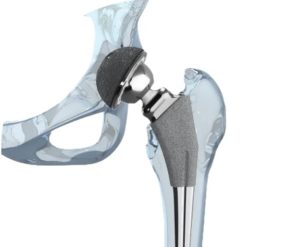Image: Tel Aviv University
For most of us, our experience with computer simulators is limited to programs designed primarily for entertainment. Granted, many airplane, train, etc., simulators are amazingly realistic. One of the most popular simulations games is Sim City in which the player takes on the task of urban planning. My son can play this for hours.
But computer simulators are used for more than just entertainment. Ph.D student, Gennady Waizman, of Tel Aviv University has developed a computer simulation designed to help traffic planners design safer intersections.
Most drivers can think of several familiar intersections that have a high incidence of traffic accidents. Traffic planners and engineers often refer to these as “black spots.”
Waizman calls his simulator SAFEPED. SAFEPED integrates robotics and real-world statistics on driver and pedestrian behavior to determine which environmental features contribute to black spots.
Using SAFEPED, traffic planners can test differing designs for intersections to determine which will be safest for motorists and pedestrians.
Waizman and his colleagues did not simply rely on traditional robotic agents. Rather, they based their simulator on a theory of visual perception developed by cognitive scientist James J. Gibson. According to Gibson, humans analyze their “optic flow” as they move, assessing such things as anticipated time of collision with objects or persons.
“Because drivers and pedestrians behave according to the same habits and rules at any intersection they approach, we presumed that the problem lay in the environment. With this program, we can model a real intersection in the simulator, and make modifications to the environment or traffic regulations to see how they impact the safety of the junction.” Gennady Waizman
According to Waizman, the SAFEPED research has already led to many important findings. The probability that pedestrians will cross a busy road, for example, is based on how they estimate the velocity of an approaching car. If a pedestrian believes a car will cross the intersection in less than 2.5 seconds, the pedestrian will not cross. At 5.5 or 6 seconds, however, most people will cross the road.
The SAFEPED team also found that the further back a white stop line is set in an intersection, the smaller the chance that a pedestrian will be struck by a car.










Comments for this article are closed.